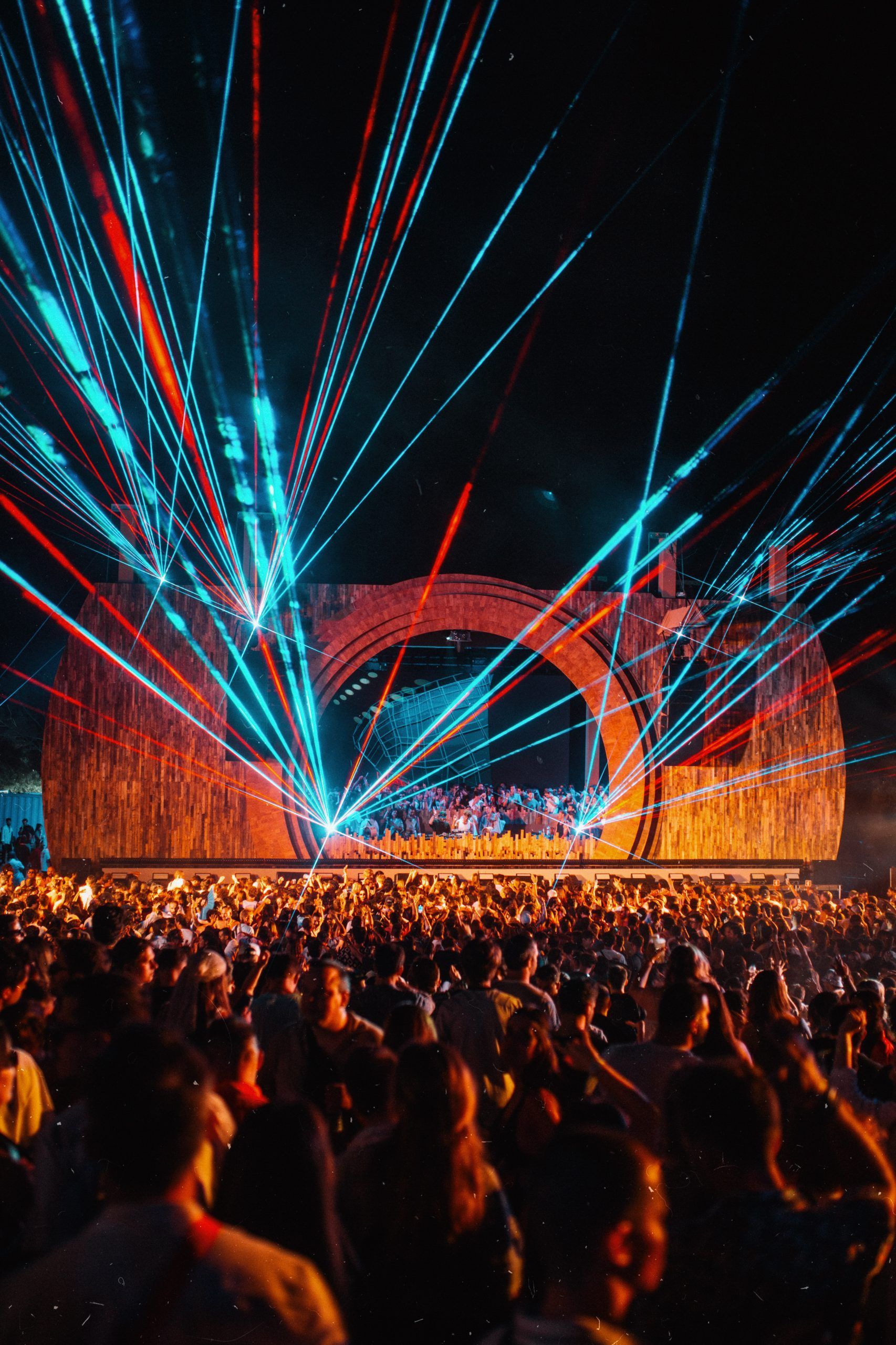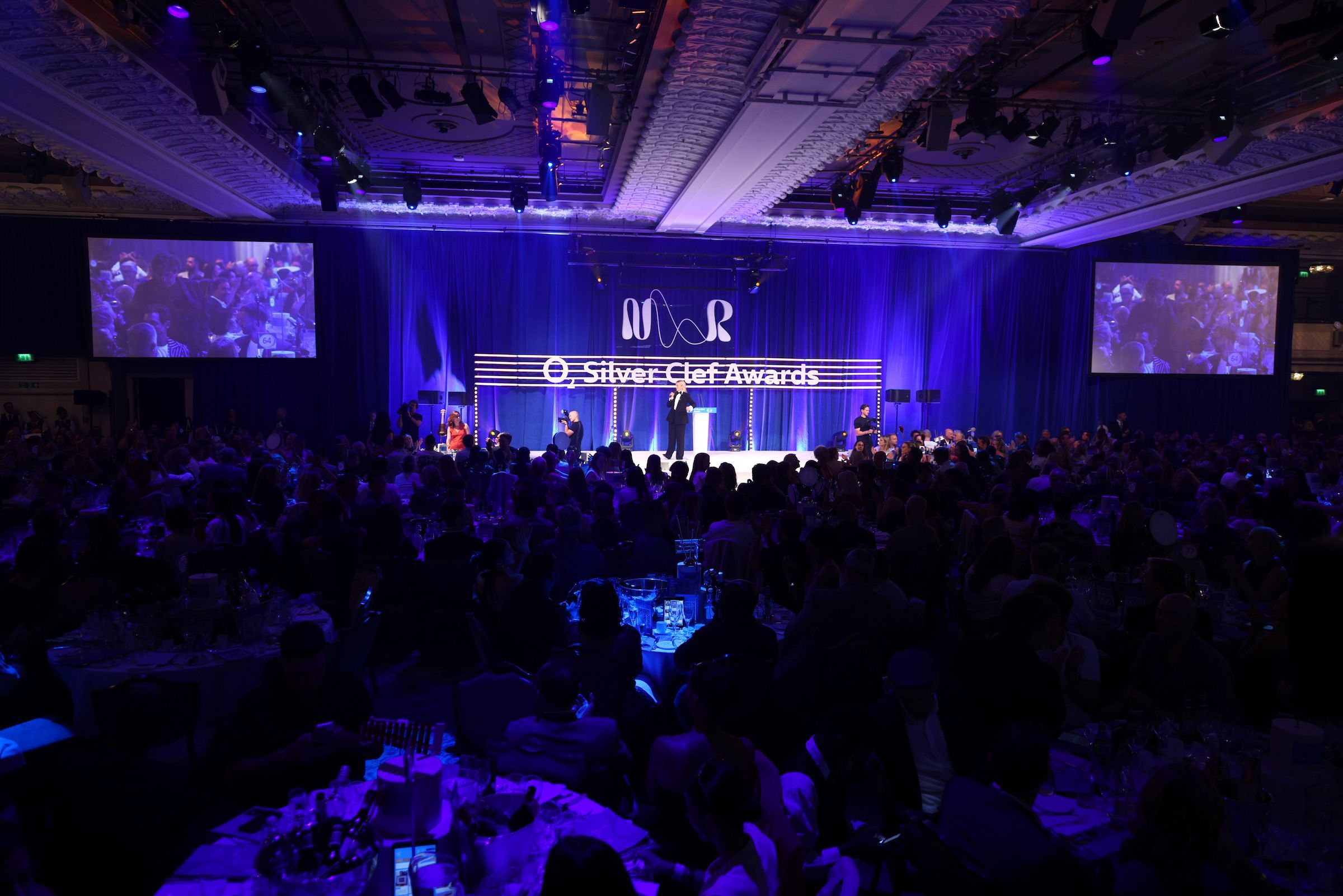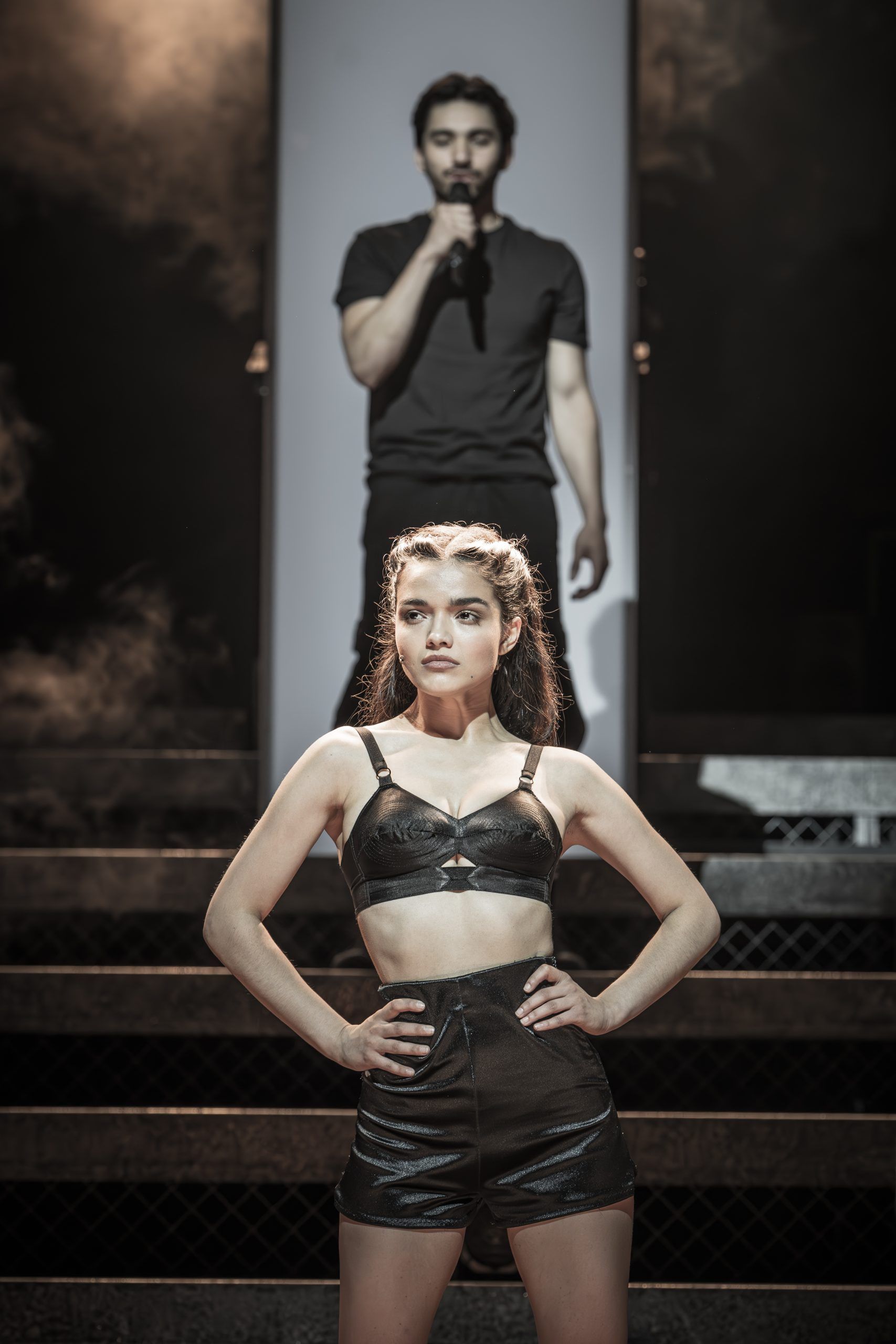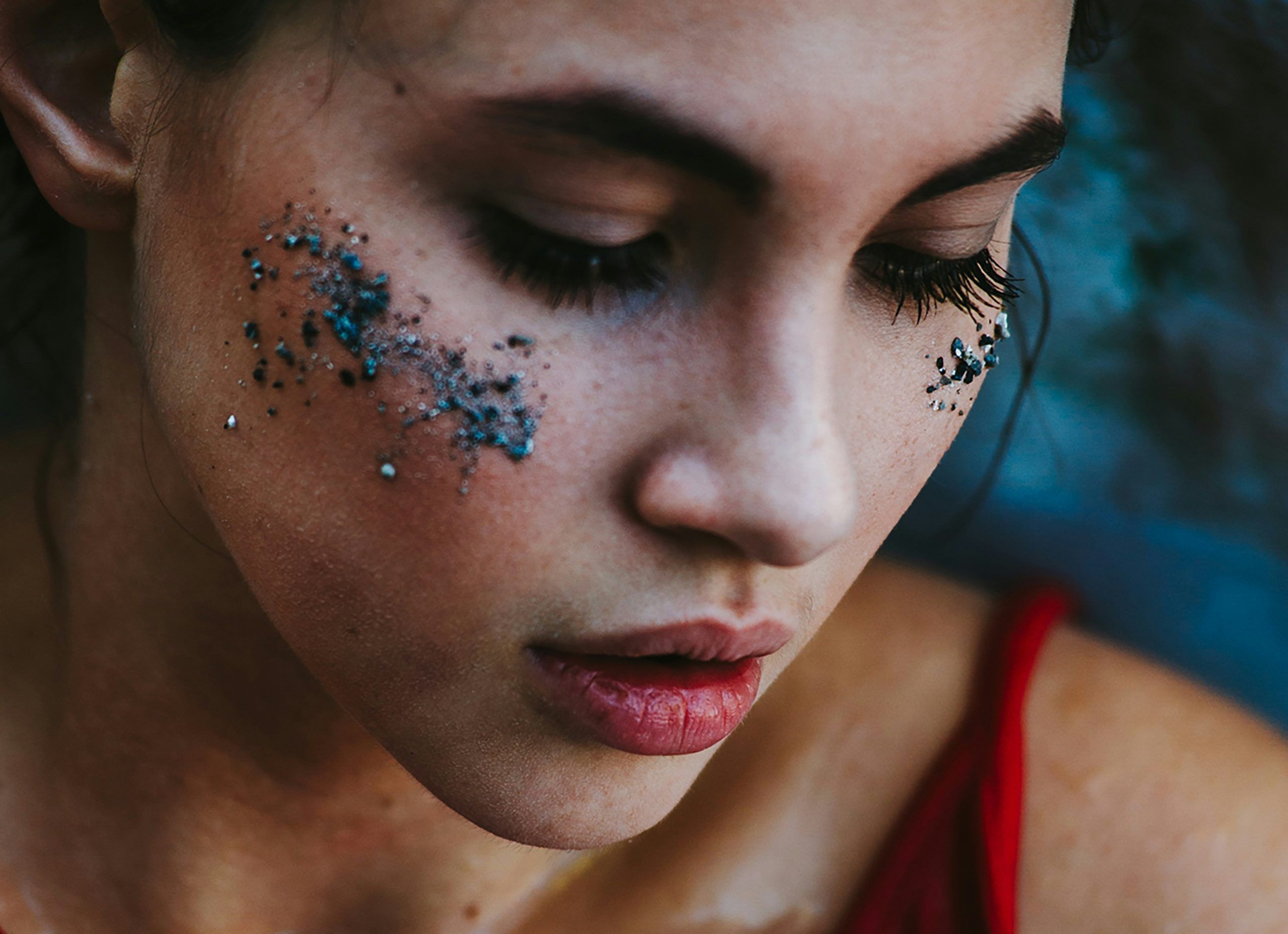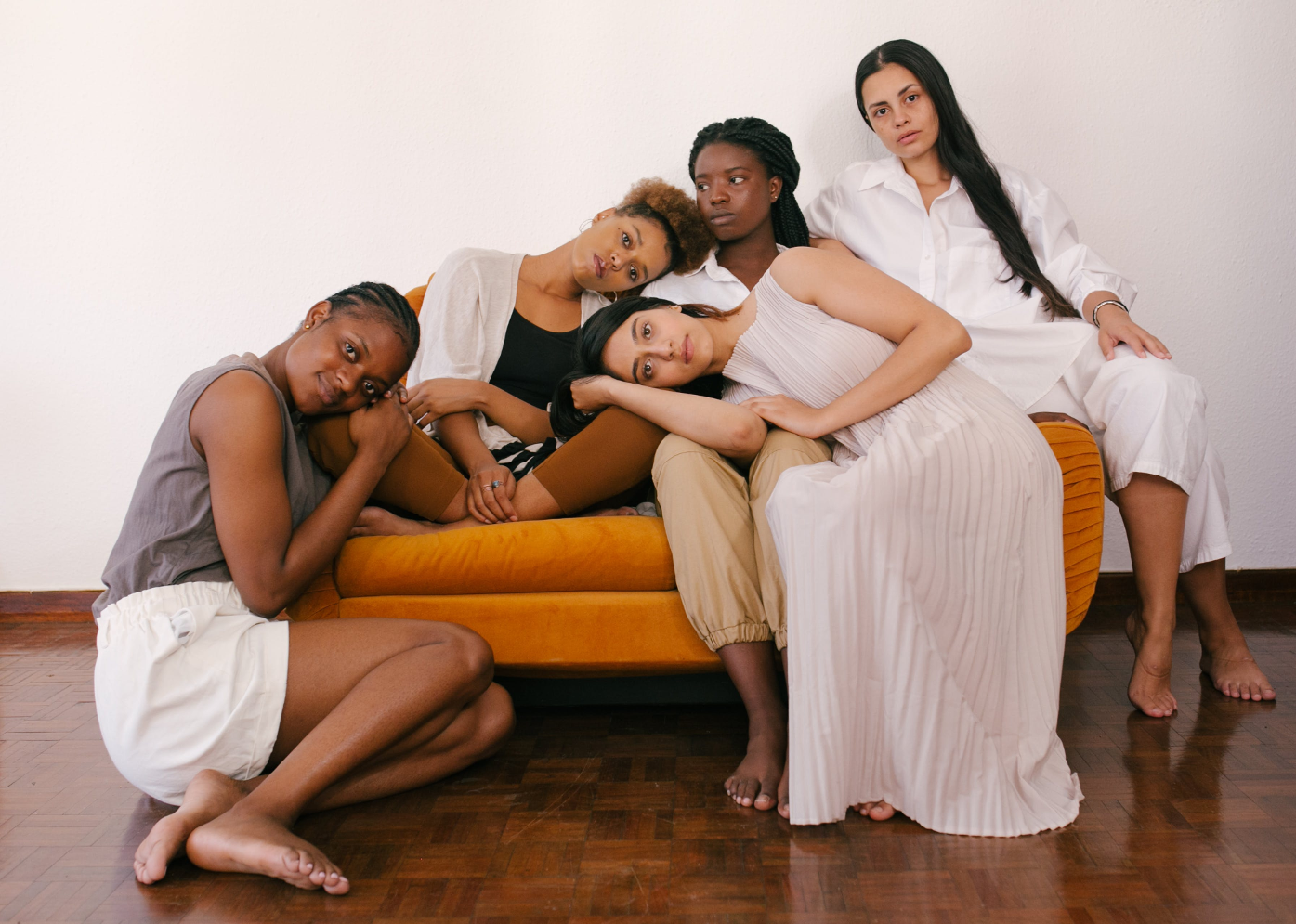
There is a seismic shift is occurring. The once-muted voices of women have grown into a thunderous roar, echoing the collective rage and resilience that transcends the crusty AF patriarchal norms. This evolution is more than a trend; it’s a testament to the metamorphosis of societal attitudes towards women.
What Is “Feminine Rage”?
The term “feminine rage” refers to a powerful and assertive expression of anger, frustration, or discontent specifically associated with women. Although inherently sounding like something bad or misogynistic, it has been redefined and repurposed by women for women as a way to describe that women get angry too, and it’s not “hysterical” and altogether very different from the usual portrayal that has been pushed by men.
Although it began as an acting trend, something that actresses like Florence Pugh, Rosamund Pyke, Mia Goth, and many other stunning women have depicted on screen, it evolved. It was refreshing and different enough to spark a response, and now there is a conversation that had to begin many eons ago.
Feminine rage encompasses the emotional responses to the historical and contemporary struggles women face, including issues of gender inequality, discrimination, and societal expectations. Feminine rage is not just about expressing anger; it also signifies a call to action, demanding change, and challenging oppressive structures. In recent times, there has been a cultural shift in acknowledging and harnessing feminine rage as a force for positive change, with women using their voices to advocate for equality and reshape societal narratives.
Pop culture has often reflected and perpetuated these constraints. For decades, female characters were confined to narrow archetypes – the damsel in distress, the nurturing mother, or the seductive femme fatale. Their stories were scripted by a patriarchal lens that reduced their narratives to mere accessories in the hero’s journey.
Feminine Rage in the Pop-Cultural Sphere
In recent years, however, the chains had been shattered. The narrative has shifted to female main characters (FMCs) that women envision, and thus, women are reclaiming their stories. Characters like Furiosa from “Mad Max: Fury Road” and Rey from “Star Wars” are not merely symbols of empowerment; they embody a righteous fury against oppressive systems.
In television, shows like “The Handmaid’s Tale” and “Killing Eve” delve into the complexities of feminine rage, exposing the underbelly of a society that seeks to control and confine women. These narratives are visceral, unapologetic, and often uncomfortable – a deliberate departure from the sanitized versions of female strength that once dominated screens.
Fashion As A Form of Protest
Parallel to this pop-cultural upheaval, the world of fashion has become a canvas for feminist expression. Clothing, once seen as a tool for conformity or seduction, has become a weapon of resistance. The runway is no longer solely a parade of unattainable beauty standards curated to appeal to men, but a stage for diversity, body positivity, and bold statements.
Designers are tapping into the zeitgeist of feminine rage, creating garments that transcend aesthetics to convey a powerful message. Slogans emblazoned on t-shirts declare solidarity, and garments challenge traditional notions of femininity. This shift isn’t just about clothes; it’s a visual rebellion, a refusal to conform to expectations, and an assertion of autonomy.
Female designers challenge conventional beauty standards, foster inclusivity, and redefine what it means to be fashionable. Brands like Savage x Fenty, founded by Rihanna, prioritize diversity in their campaigns, celebrating women of all shapes, sizes, and backgrounds.
Icons of Feminine Rage
In the era of social media, feminist icons find their audiences and build their platforms by themselves. Celebrities, activists, and ordinary women are leveraging their platforms to amplify the voices of the oppressed and challenge oppressive structures.
Celebrities like Lizzo, with her unapologetic celebration of body positivity, or Emma Watson, championing gender equality through her HeForShe campaign, have become beacons of feminine rage. Their influence extends beyond the realms of entertainment; they are driving conversations and inspiring a generation to question and resist.
Women are taking control of their narratives in front of and behind the camera. Directors like Greta Gerwig (“Lady Bird” and “Little Women”) and Ava DuVernay (“Selma” and “When They See Us”) are reshaping cinematic landscapes, infusing narratives with authenticity and nuance.
The Intersectionality of Feminine Rage
One of the most significant transformations in the narrative of feminine rage is its increasing intersectionality. The struggles of women of color, LGBTQ+ individuals, and those from marginalized communities are being foregrounded. Pop culture is not merely embracing diverse stories but recognizing the intersections of identity and oppression.
TV shows like “Pose” and “Orange Is the New Black” depict the layered experiences of women, exploring how race, sexuality, and socioeconomic status intersect with their gender. This nuanced portrayal is a reflection of reality and a powerful tool for dismantling stereotypes and fostering empathy.
“Oh, How I Love Being A Woman!”
Liking pink things, wearing making, wanting or not wanting to be a housewife, a wife, a mother, dressing sexy, dressing frumpy, taking care of your own orgasm with a g spot vibrator (which is pink), having a multi-step skincare routine or not having one at all, loving to cook and not having the faintest idea, gaming, doing your nails, wearing heels – nothing among these things makes one more or less of a woman. But if it does make you more, then it is a beautiful thing.
The pink perfection that is “Legally Blonde” walked so Greta Gerwig’s movie “Barbie” could run. It was a crescendo to the narrative that it’s okay to enjoy girly things, and it’s so much cooler being a girls’ girl than a “not like other girls” girl.
“Ew, so girly,” “you run like a girl,” and “it’s a girl’s job” – a “girl” and a “woman” shouldn’t be and should never have been derogatory terms. Feminine rage demands that inherently “girly things” need to stop being shameful.
The Perspective Of Female Portrayal
Feminine rage is transforming into a force for positive change. Activism is becoming integral to pop culture, with celebrities using their platforms to advocate for social justice. The #MeToo movement, born out of collective feminine rage against sexual harassment, exemplifies how the power of unified voices can dismantle deeply ingrained structures of oppression.
In fashion, the rage is shifting towards a reconstruction of beauty norms. Body-positive movements are gaining momentum, challenging the industry to embrace diversity. Models like
Ashley Graham and Winnie Harlow are breaking barriers, proving that beauty knows no boundaries.
As pop culture reshapes the narrative of feminine rage, it propels us toward a future where rage is not merely an expression of discontent but a catalyst for reconstruction. The evolution of societal attitudes towards women, mirrored in pop culture and fashion, is steering us towards a more inclusive and equitable world. Hopefully.

